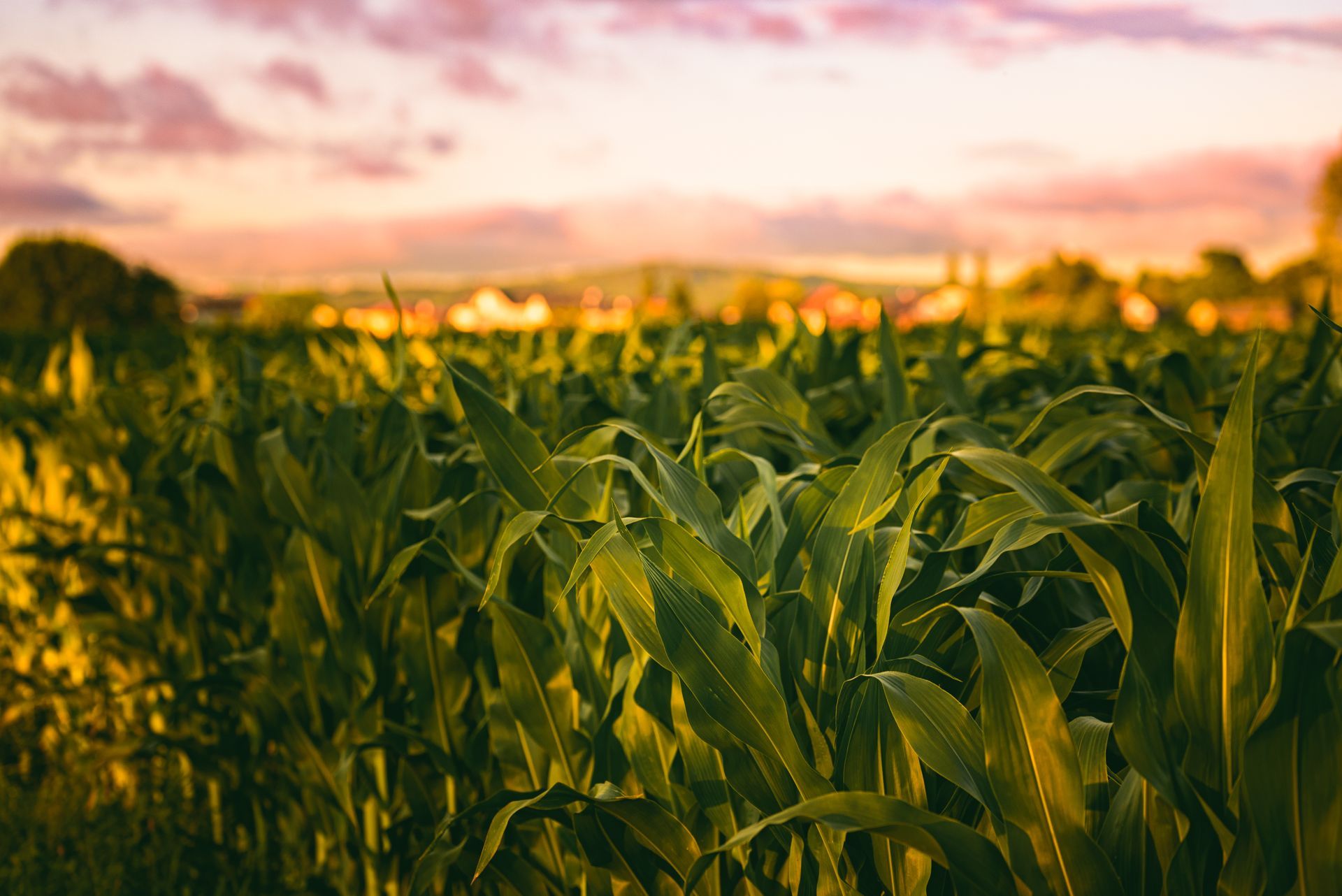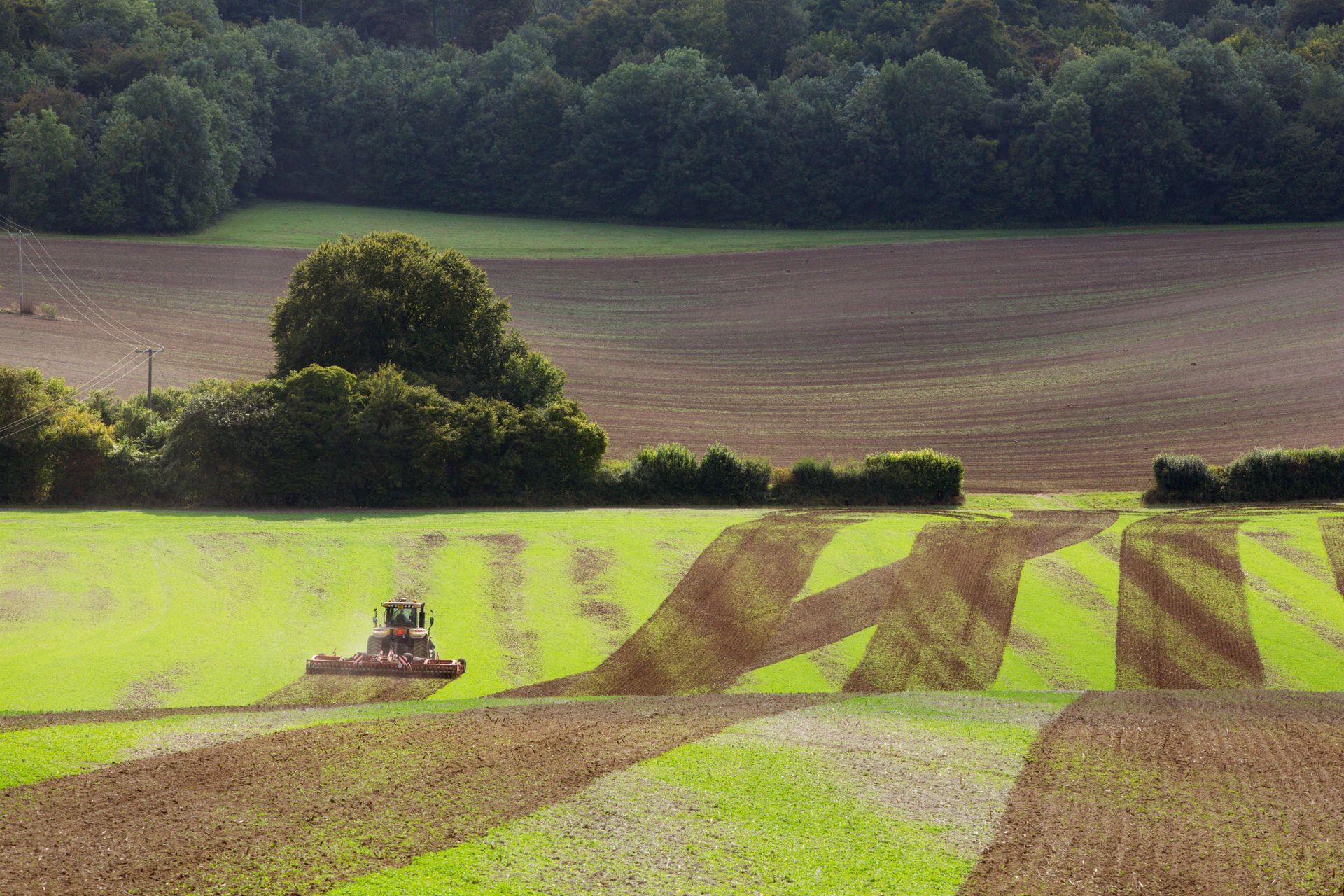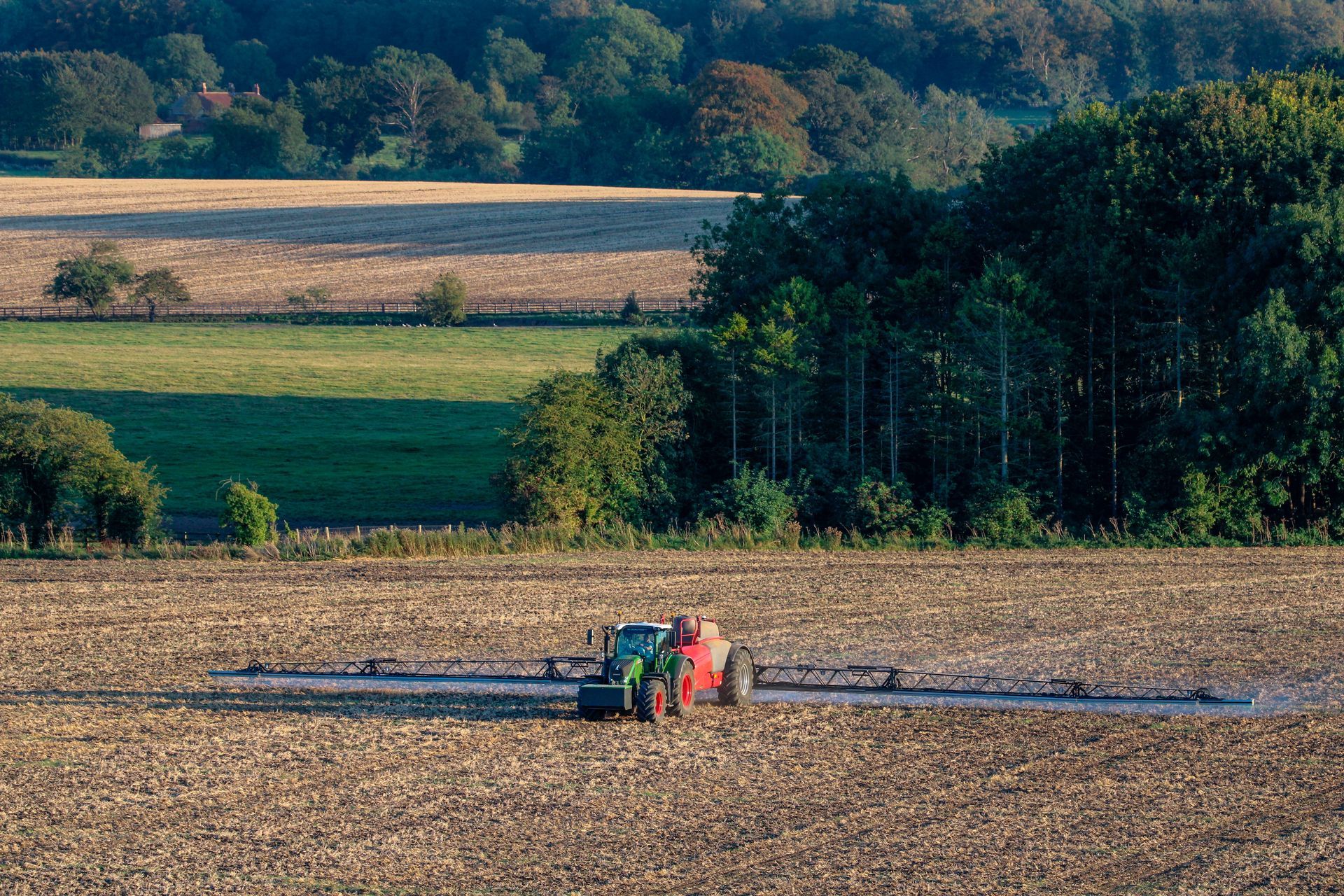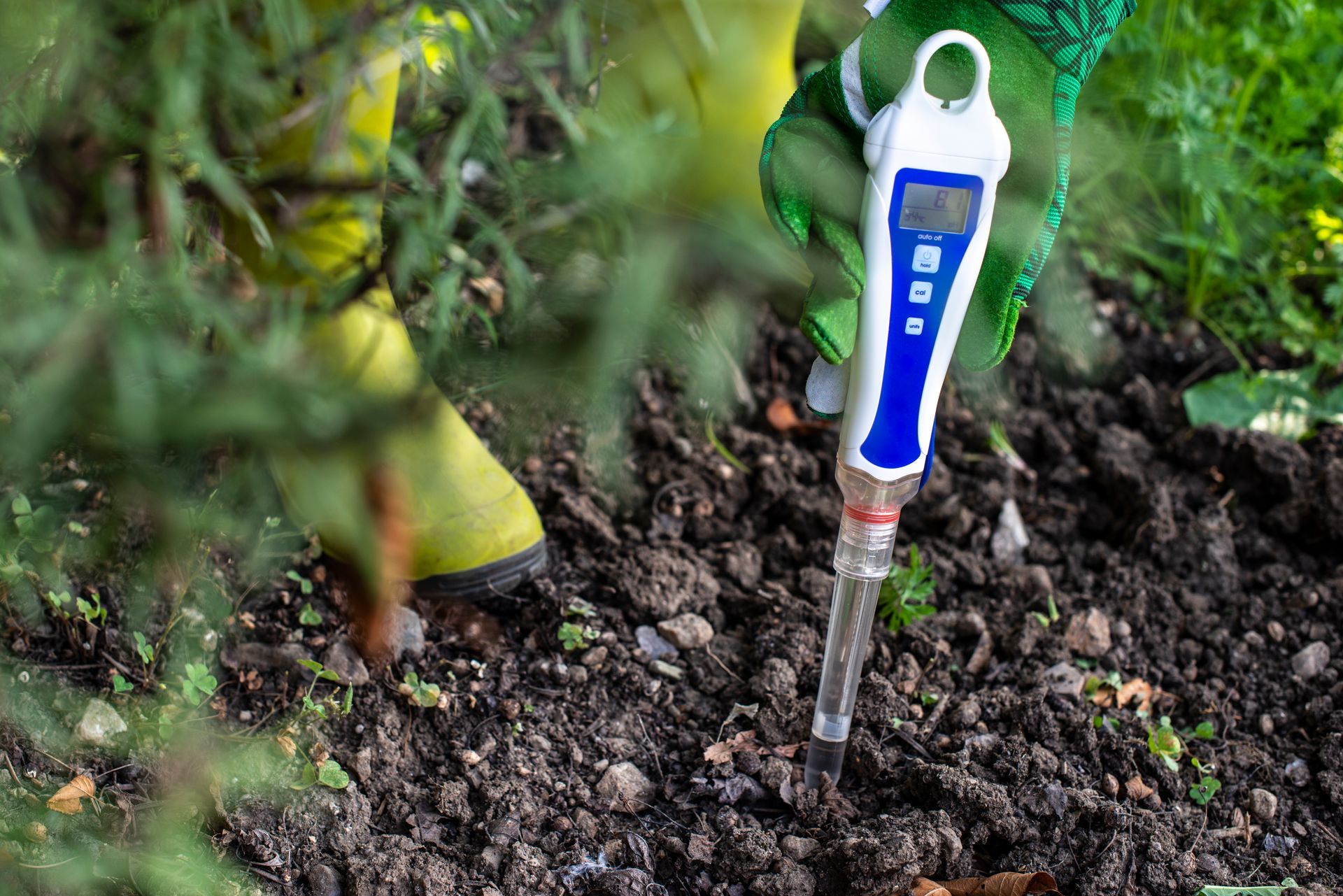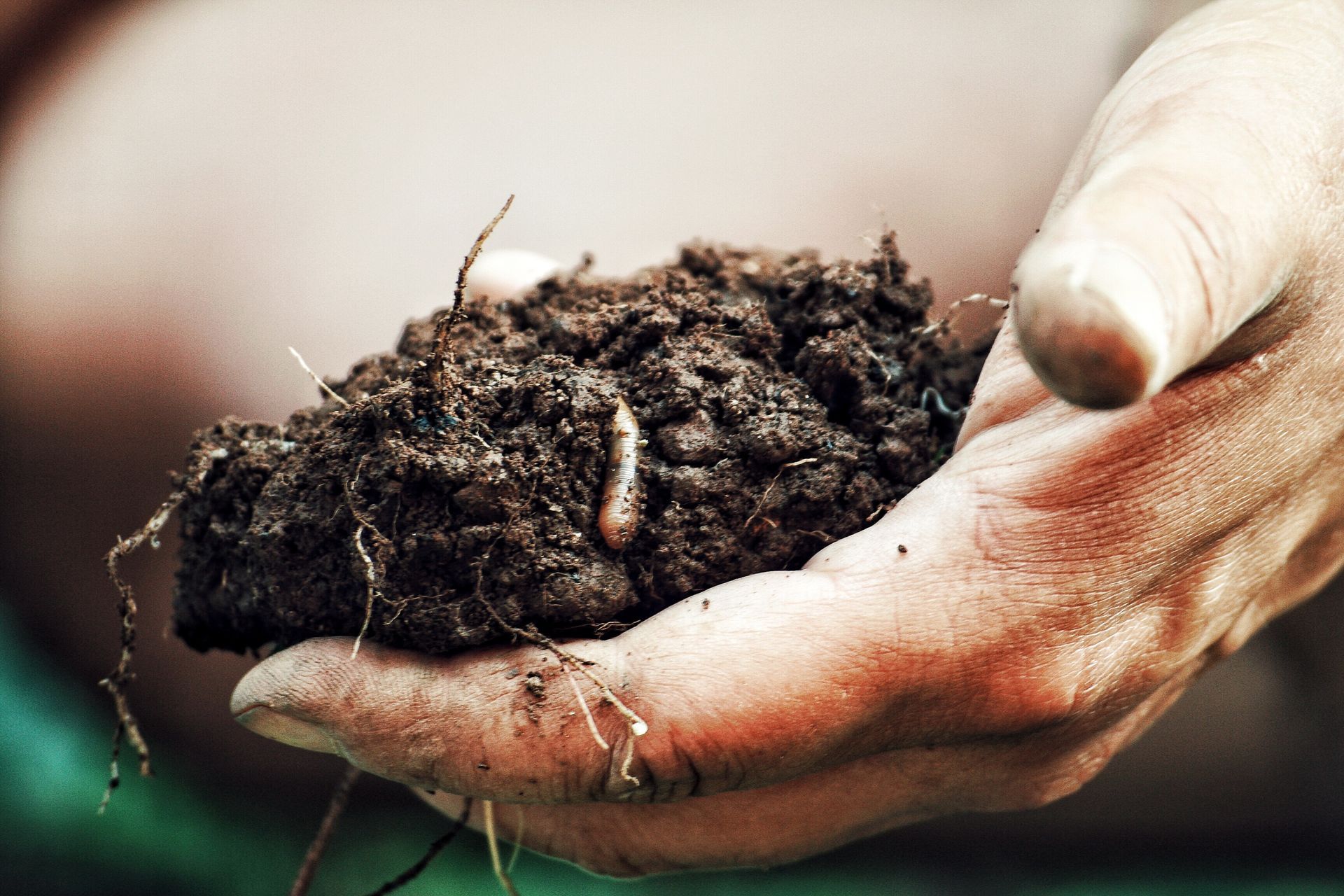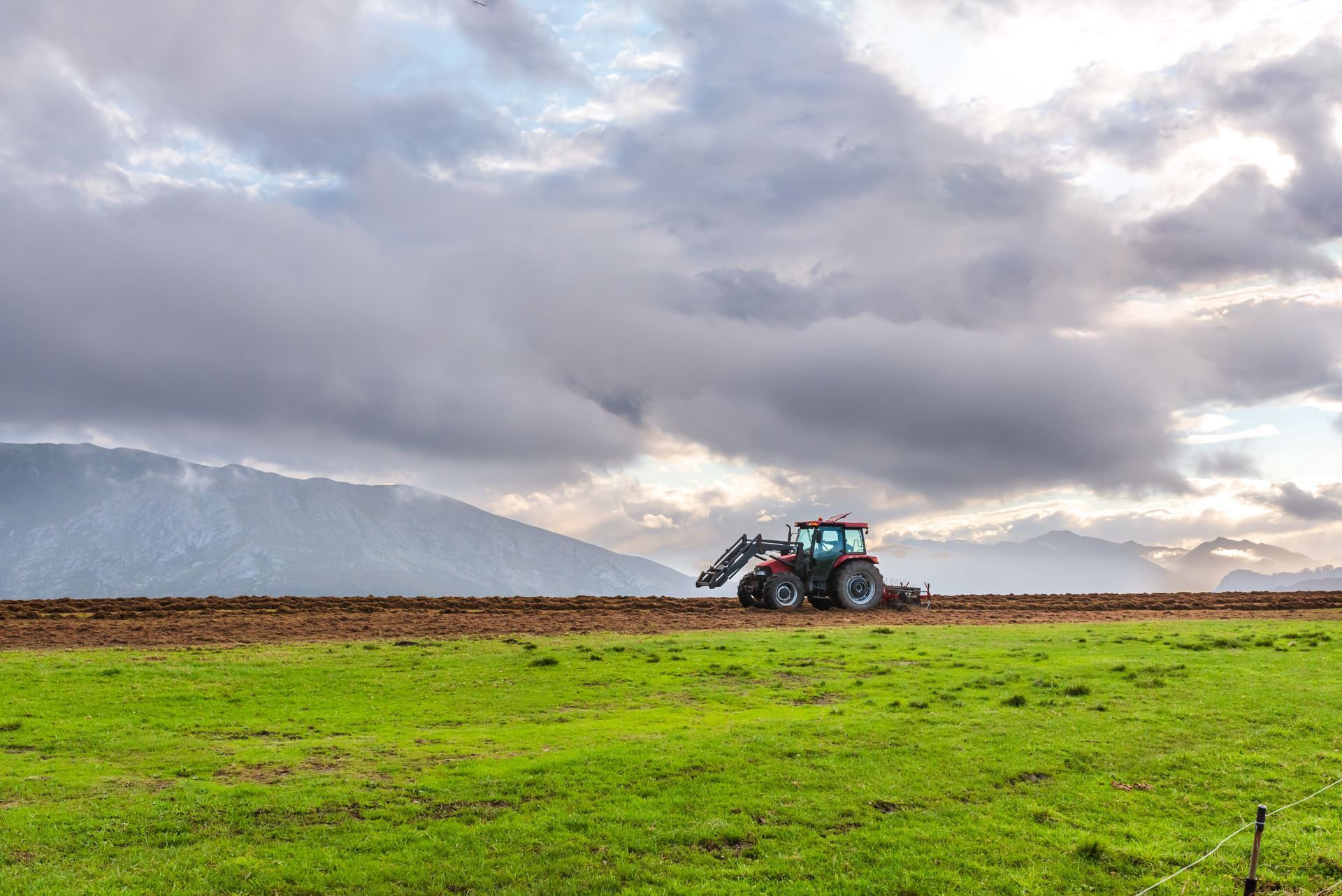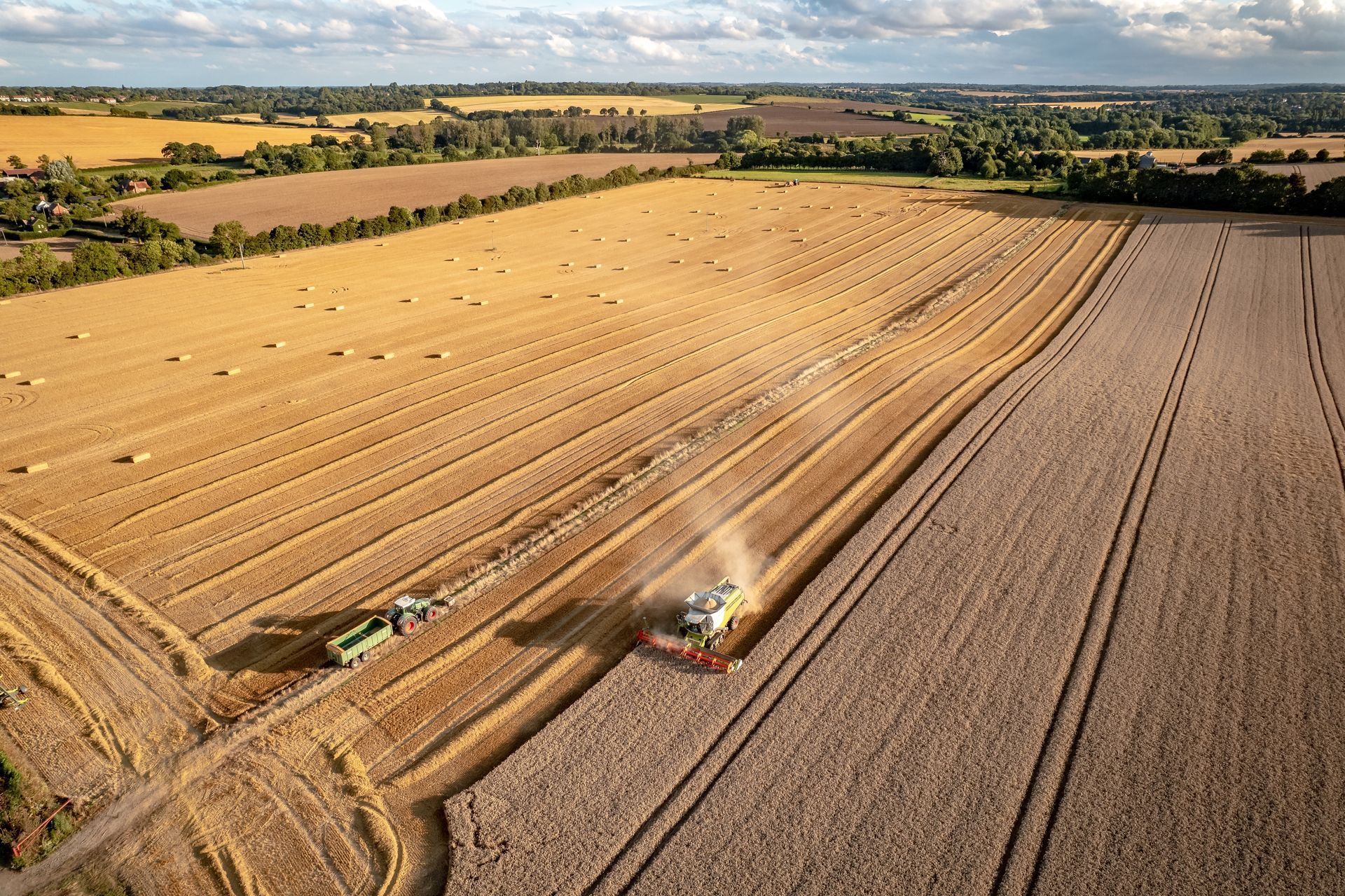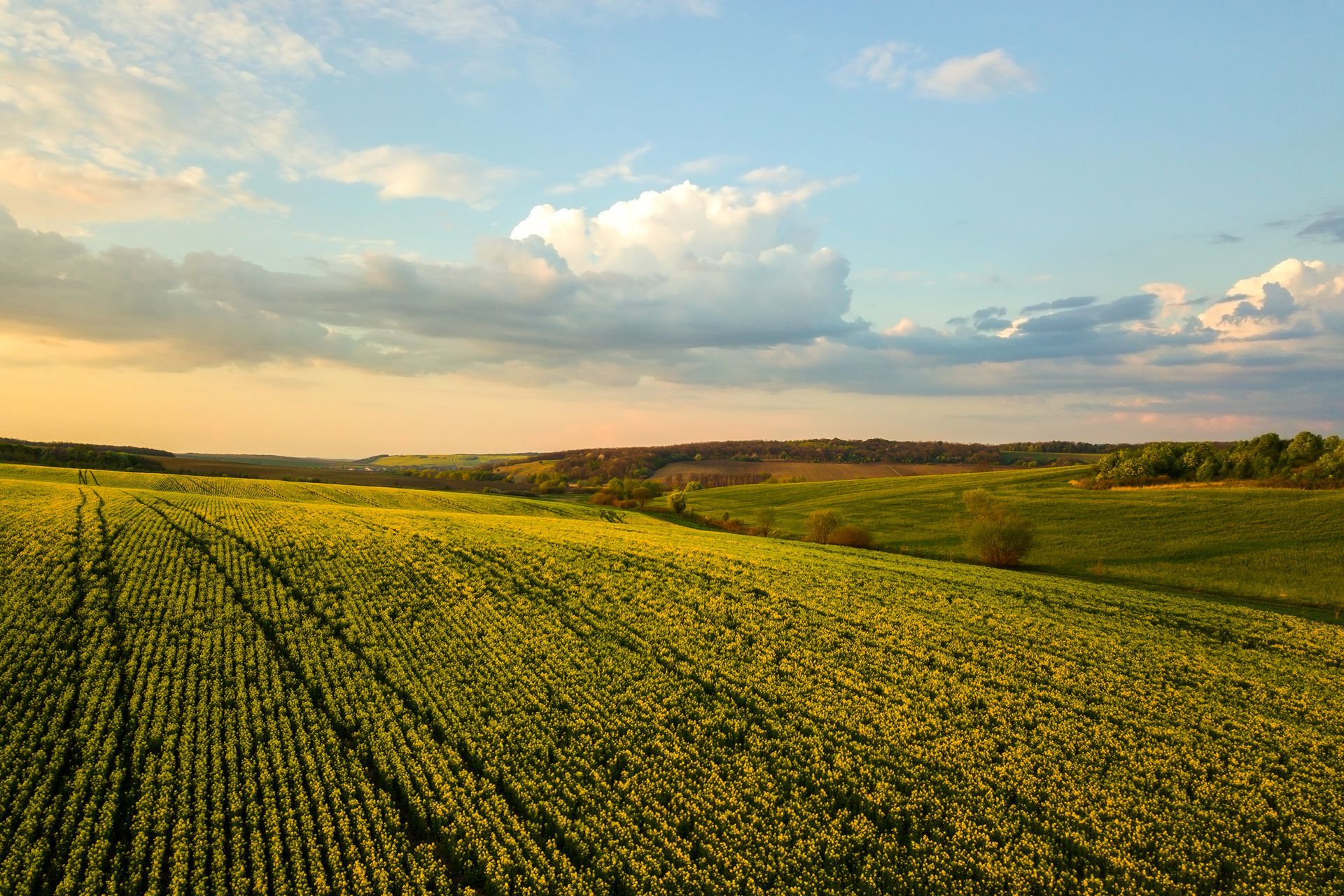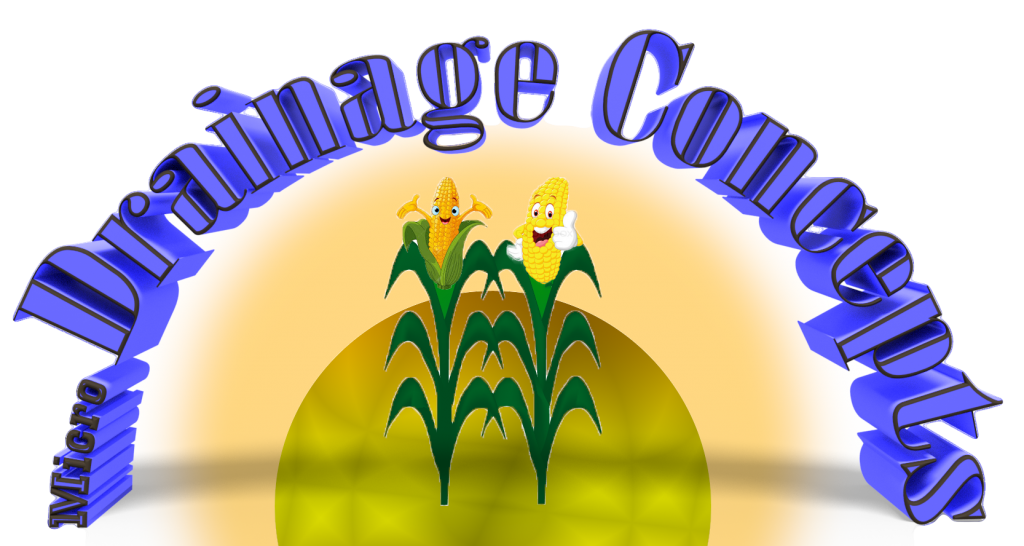Traditional drainage systems may often be viewed as the commonly accepted way of doing things, but this doesn’t mean they’re the best solution for sustainable water management. Poor drainage can result in excess water in fields that harms crop growth and removes excess soil nutrients. Micro-drainage is a more sustainable solution that can directly address these and other shortcomings.

Understanding Micro-Drainage
Micro drainage is a concept that emphasizes shallow drainage and closer spacing to improve soil infiltration and holding capacity. With the help of GPS grade control, this includes both surface and sub-surface drainage solutions such as filling depression pockets in the soil and installing narrow pipe drains two feet below the soil for even and efficient drainage.
Eco-Friendly and Efficient
Micro-drainage is designed with eco-friendliness in mind. Improving the soil’s infiltration and holding capacity naturally increases the organic matter and microorganisms in the soil. This helps maintain a more balanced soil fertility, because essential nutrients aren’t getting washed away by excess water.
Reducing Soil Erosion
Poor drainage can also result in excess soil erosion — particularly on conventional farms where excess tillage is used. Micro-drainage minimizes tillage and ensures proper grading of the soil to prevent pooling, rapid runoff, and other issues that contribute to soil erosion.
Enhanced Crop Growth
Consistent, proper water drainage can ultimately promote better agricultural yields. Micro-drainage helps crops maintain a thicker root structure year-round, helping them be more resilient and better able to withstand various environmental hazards. For example, crops will be less vulnerable to harmful conditions such as root rot, and have better access to necessary nutrients for growth like oxygen and nitrogen.
By adopting micro-drainage systems in modern settings, farms can enjoy more efficient and environmentally friendly crop production. With better water management, higher yields and improved crop health will ultimately help ensure sustainable farming outcomes.
